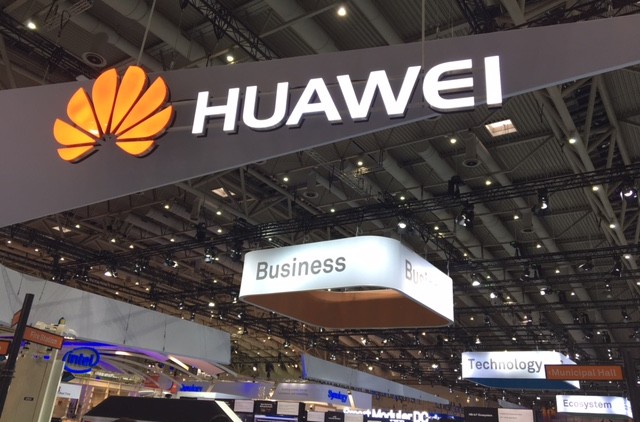Huawei Vows To Release Foldable Phone Within A Year

Chinese smartphone maker follows Samsung with promise of smartphone with a fold-out screen within a year
The boss of Chinese smartphone maker Huawei has confirmed that his firm is already developing a smartphone with a fold-out screen.
And its seems that this new device will be launched soon after chief executive Richard Yu confirmed in a newspaper article that the device would be launched “within a year.”
It comes after the head of Samsung’s mobile division earlier this month said that details of its foldable smartphone would be released sometime this year.
![]()
Huawei device
Huawei’s decision means that it will become the second handset maker to confirm it is seeking to make foldable phones a commercial reality.
Richard Yu confirmed to Die Welt that Huawei was “already working on it”.
“Why are you still using a computer?” replied Yu, when he was reportedly asked about forthcoming tech innovations by the German newspaper. “Probably because you find a smartphone display too small.”
“We will change that,” he reportedly said. “It is conceivable that you could fold out a display.”
Yu then added that Huawei was working on such a device, and it would be ready within a year.
The reality is that the innovation of flexible and bendable screens has been a goal for many researchers, for many years now.
The race to develop foldable phones heated up in the summer, when Samsung Displays in July said that its recently developed unbreakable, bendable screen had passed safety testing in the United States.
Foldable Samsung
Until its confirmation last month, Samsung had long been rumoured to be working on bendable phones. In 2015 leaks showed Samsung’s foldable ‘Project Valley’ smartphone.
That Samsung device was reportedly able to be folded in two to be carried around, with screens on both sides.
LG has previously revealed a concept “Active Bending” device featuring an edge-to-edge curved display, and have previously released the G Flex 2 smartphone, which sported a curved build designed to fit into a user’s hand.
Even Nokia back in 2011 unveiled a bendable concept phone, dubbed the Kinetic, which could be controlled by physical actions, such as squeezing the handset.
That Kinetic prototype was not a touch screen but, instead, allowed the user to drive the controls by bending and twisting actions.
Motorola in June filed a patent that seemed to solve one of the biggest problems with upcoming foldable phones, by overcoming a problem caused when a screen is repeatedly folded in half, which is highly likely to leave a visible crease in the screen.
Microsoft meanwhile at Christmas filed a patent for a mobile device that boasted a dual-display and 360-degree rotation support.
But Microsoft has precious little creditability left in the smartphone sector following its Windows Phone debacle.